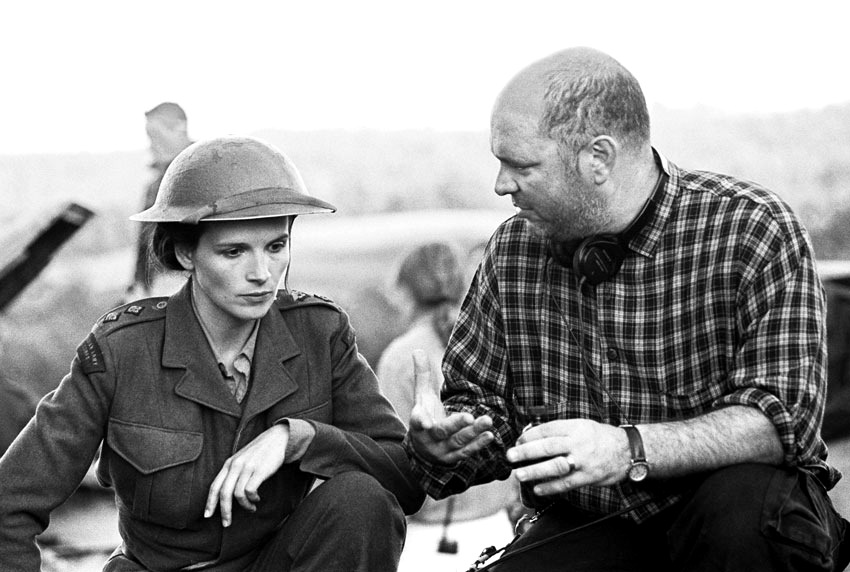There are 59,000 structurally deficient bridges around the country.
Spencer Platt/Getty Images
hide caption
toggle caption
Spencer Platt/Getty Images
The nation’s roads, bridges, airports, water and transit systems are in pretty bad shape, according to the civil engineers who plan and design such infrastructure.
The new report card from the American Society of Civil Engineers gives the infrastructure of the United States a D-plus.
That nearly failing grade should boost President Trump’s efforts to get a plan to invest up to $1 trillion in rebuilding everything from highways and bridges to tunnels and dams, even though the engineers’ group is recommending something the president and his party are unlikely to support: a huge increase in the gasoline tax.
It’s not as though many of our bridges are about to collapse or our cars likely to be swallowed up by potholes, but according to ASCE, a significant number of the critical structures and systems that we rely on to get us to and from work, that provide us with clean drinking water, and that protect us from floods are in pretty bad shape.
Take the nation’s roads, for example, which Greg DiLoreto, a former president of ASCE, says get the same disappointing grade as four years ago: a D.
“More than 2 out of every 5 miles of America’s urban interstates are congested, and traffic delays cost this country $160 billion in wasted fuel and time,” says DiLoreto.
Because roads and highways are out of date and unable to handle today’s demand, DiLoreto says, “on average, Americans waste 43 hours a year stuck in traffic. Or in other words, one in your two weeks’ vacation, gone.”
He says the nation’s aging airports are increasingly congested, too.
“It is expected that by 2020, 24 of our 30 major airports will experience Thanksgiving Day peak traffic at least once a week,” DiLoreto says.
In addition, America’s water systems are leaking trillions of gallons of water, more than 2,000 dams are at high risk of failure, and there are 59,000 structurally deficient bridges around the country.
“Structurally deficient doesn’t mean they are unsafe,” DiLoreto says. “But it does mean they require more repair and more frequent inspections.”
Mass transit earns the worst grade of all, a D-minus.
“The nation’s transit systems are chronically underfunded, resulting in aging infrastructure and a $90 billion maintenance backlog,” DiLoreto says.
Getting all of the nation’s infrastructure into relatively good shape by the year 2025 would cost $4.59 trillion, according to the ASCE report; that’s $2 trillion more than is budgeted by local, state and federal governments to address infrastructure needs.
ASCE Executive Director Tom Smith says the chronic failure to invest in infrastructure is a huge drain on the nation’s economy, putting American jobs and lives at risk.
“Unfortunately, we have a tendency to wait for disasters and be reactive, and what we want to do is be proactive and not reactive,” Smith says. “Because when we’re reactive, it ends up costing significantly more than when we’re proactive.”
The engineers’ group applauds President Trump for bringing needed attention to fixing the nation’s crumbling infrastructure, both during his campaign and since taking office. But it also notes his call to spend up to $1 trillion on infrastructure is not enough and that his plan to leverage private investment is inadequate.
“We, the American people, will have to pay for it,” says ASCE President Norma Jean Mattei. “There’s no magic wand to address this crisis, no infrastructure money tree, no infrastructure private sector angel.”
The ASCE is calling for a huge, 25 cents per gallon increase in the federal gasoline tax to help pay for infrastructure improvements. The group notes that the current tax of 18.4 cents per gallon hasn’t been raised since 1993 and so hasn’t kept up with inflation and growing needs.
But recent efforts to raise the gas tax even just a few cents or a nickel have been political nonstarters with Republicans in Congress. So a proposal to more than double the motor fuel tax is not likely to get off the ground.
White House spokesman Sean Spicer says President Trump is likely to stick with his original plan.
“I think we’re looking at a public-private partnership as a funding mechanism,” Spicer said in his briefing Thursday. “There’s a lot of work being done behind the scenes and I don’t want to put a timeline on that.”
Despite the urgent call from the engineers, Spicer says for now, infrastructure will have to wait until after the repeal and replacement of the Affordable Care Act and reform of the tax code.
Let’s block ads! (Why?)



